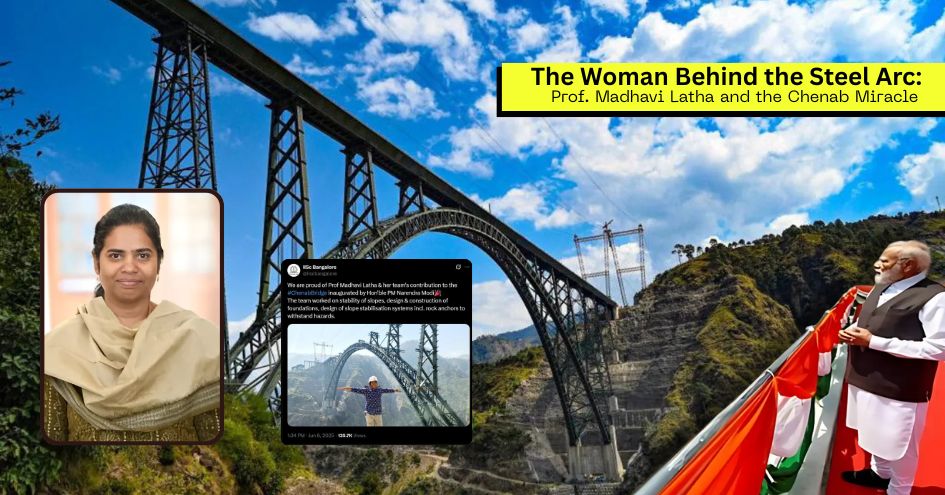
High in the rugged, unforgiving terrain of Jammu and Kashmir’s Reasi district, where the Chenab River slices through deep gorges and the Himalayas loom like silent giants, a marvel of human ambition now stretches its arms — the Chenab Rail Bridge, the tallest railway bridge in the world. But behind this audacious achievement lies not just engineering brilliance but a tale of resilience, vision, and courage — that of Professor A.S. Madhavi Latha, a geotechnical expert whose quiet determination and technical genius helped make the impossible possible.
Who is Professor Madhavi Latha?
Professor A.S. Madhavi Latha is from Indian Institute of Science (IISc), Bengaluru. She is a highly respected expert in geotechnical engineering and is a distinguished academic from IISc Bengaluru and a stellar example of Indian scientific and engineering leadership. Her expertise in slope stability, soil-structure interaction, and geotechnical investigations made her a crucial advisor in several national infrastructure projects, including the Chenab Bridge. Her involvement in the Chenab Bridge project was particularly significant in terms of site assessment, foundation design, and slope stabilization — critical components in a bridge built in one of the world’s most complex geological settings.
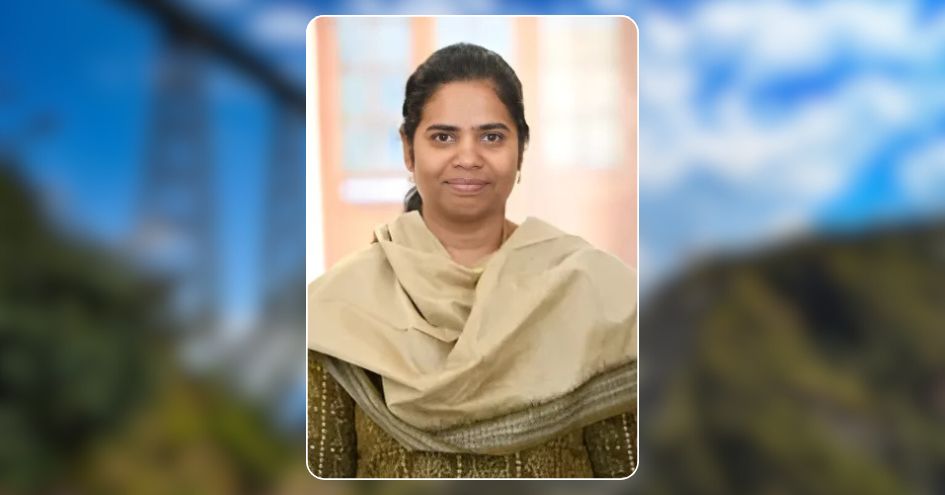
The Reluctant Trailblazer
Professor Madhavi Latha was never one to chase headlines. She had already spent decades quietly pushing the boundaries of geotechnical engineering — the science of building stable structures on earth, rock, and uncertain terrain. But when the Indian Railways, under its ambitious Udhampur-Srinagar-Baramulla Rail Link (USBRL) project, envisioned a bridge soaring 359 meters above the Chenab River — taller than the Eiffel Tower — they knew this required more than conventional engineering. It needed courage, intellect, and unshakable faith in science. She was invited to join the expert panel.
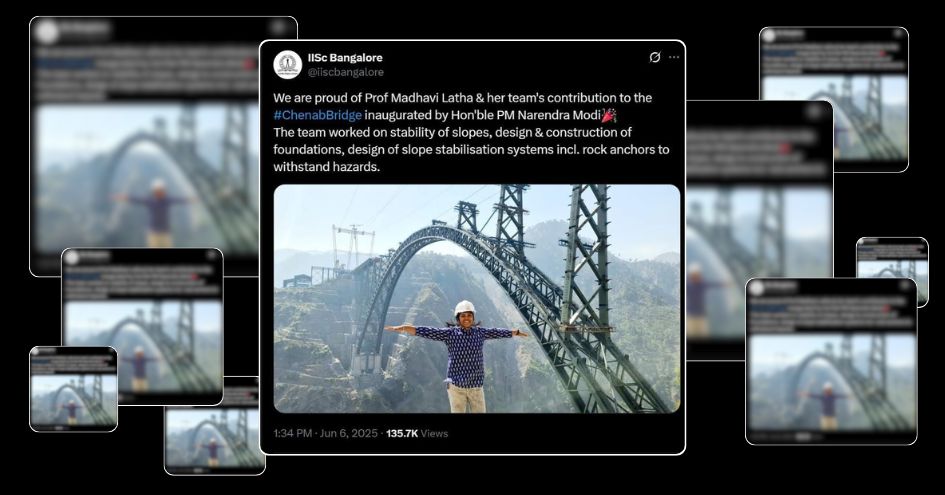
The Fearless Mind
“People kept asking, what if the terrain collapses? What if there's a landslide? What if the winds tear the bridge down? I kept asking — what if we succeed?” Professor Madhavi Latha would later recall in interviews. Her task was immense. The land near Chenab was treacherous — steep slopes, poor rock quality, high seismic activity. But she wasn't just there to advise — she led the geotechnical investigation that would determine the strength, stability, and behavior of the foundation that would anchor the bridge. Her team toiled for months in extreme conditions. Working with men and women of varied expertise, she inspired collaboration, trust, and tenacity. Rock samples were extracted from hundreds of meters below. Wind and seismic simulations were run in labs and re-run when they didn’t convince her. She wouldn't allow guesswork. Not when Indian soldiers and citizens would one day cross that bridge.
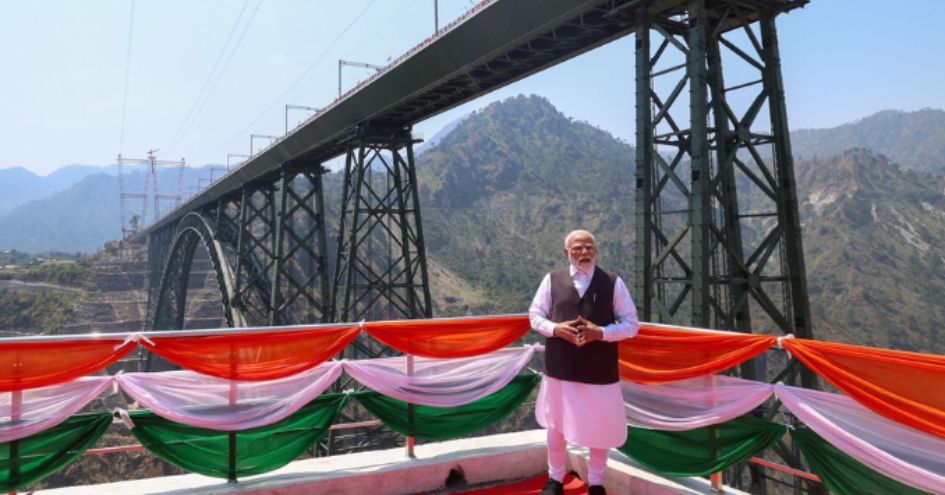
Standing on Steel and Grit
As work on the arch design progressed — a massive 476-meter span — Professor Madhavi Latha ensured the foundation and slope stabilization matched the immense loads the structure would carry. It wasn’t just rock and concrete. It was about ensuring decades of endurance through rain, snow, windstorms, and even potential earthquakes. Her work, though behind the scenes, became the bedrock of the project’s integrity. The iconic steel arch that now defines the Chenab Bridge stands proud not just because of its metalwork, but because someone had read the ground, listened to the earth, and planned every bolt with precision.
The Teacher Who Built a Nation
Even as she worked on the Chenab Bridge, Prof. Madhavi Latha never stopped being a teacher. Her students at IISc remember how she'd take overnight flights from Kashmir to make it to morning lectures. How she'd bring real-world problems into the classroom and inspire young Indians — especially girls — to believe that engineering wasn’t just about textbooks, but about shaping a nation’s destiny. When the Chenab Bridge was finally completed and trains were prepared to run, the world applauded the achievement. But in the quiet corners of the story, the nation will remember that one of its finest daughters — Professor A.S. Madhavi Latha — helped turn a dream into steel.
She proved that bridges aren’t just built with iron — they are built with vision, conviction, and indomitable human spirit.
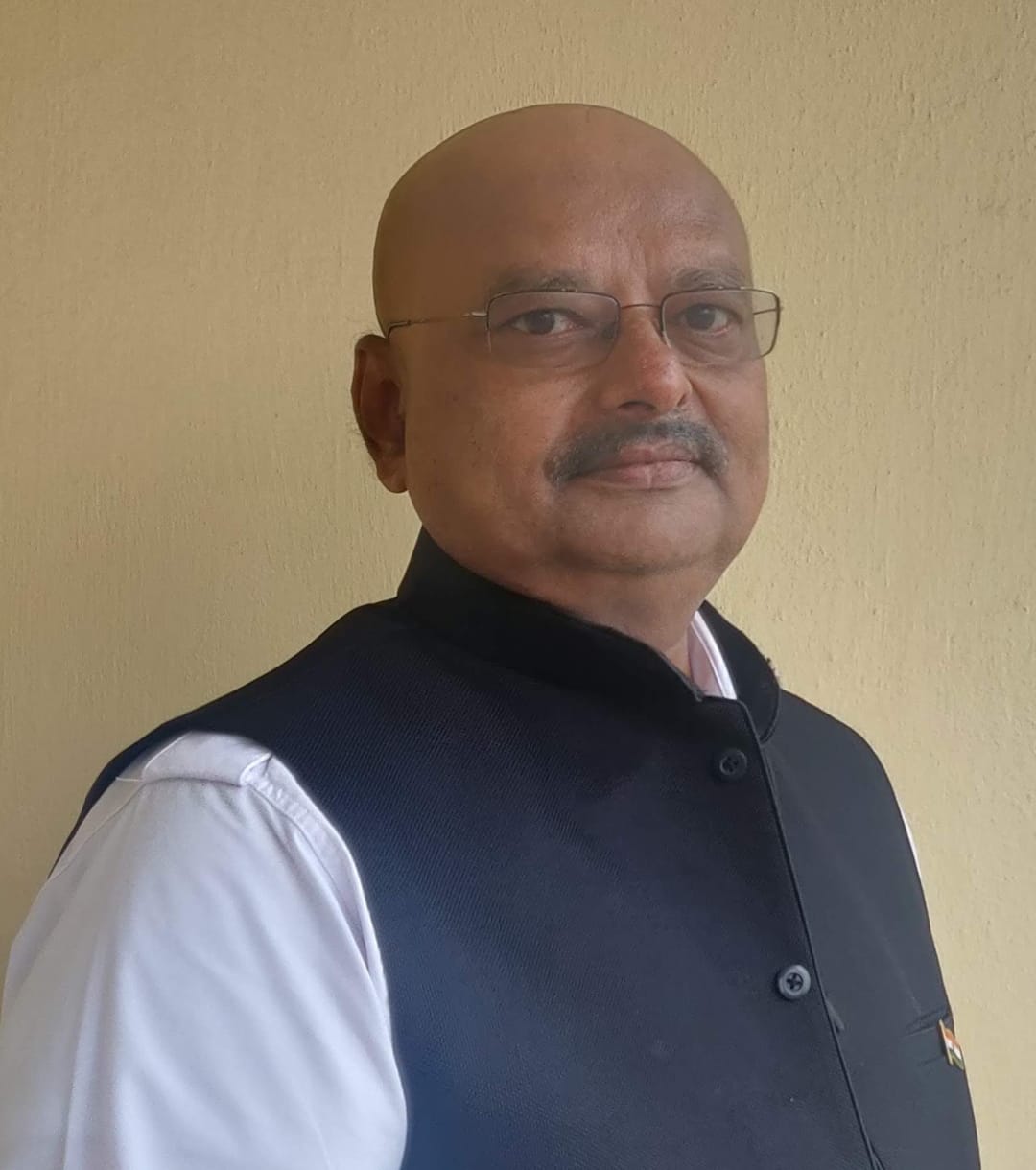 Wing Commander BS Sudarshan is a former Indian Air Force pilot with over 12,000 flying hours. He participated in Operation Pawan and Operation Cactus before he transitioned to civil aviation. A passionate writer, he has authored six books, including "Hasiru Hampe", appreciated by S L Bhyrappa, and the latest "Evergreen Hampi". He is a regular contributor to the Verandah Club.
Wing Commander BS Sudarshan is a former Indian Air Force pilot with over 12,000 flying hours. He participated in Operation Pawan and Operation Cactus before he transitioned to civil aviation. A passionate writer, he has authored six books, including "Hasiru Hampe", appreciated by S L Bhyrappa, and the latest "Evergreen Hampi". He is a regular contributor to the Verandah Club.

Indian History is rife with conflict between kings for power, territory and regional supremacy. We have seen instances where kings have made it a poin...
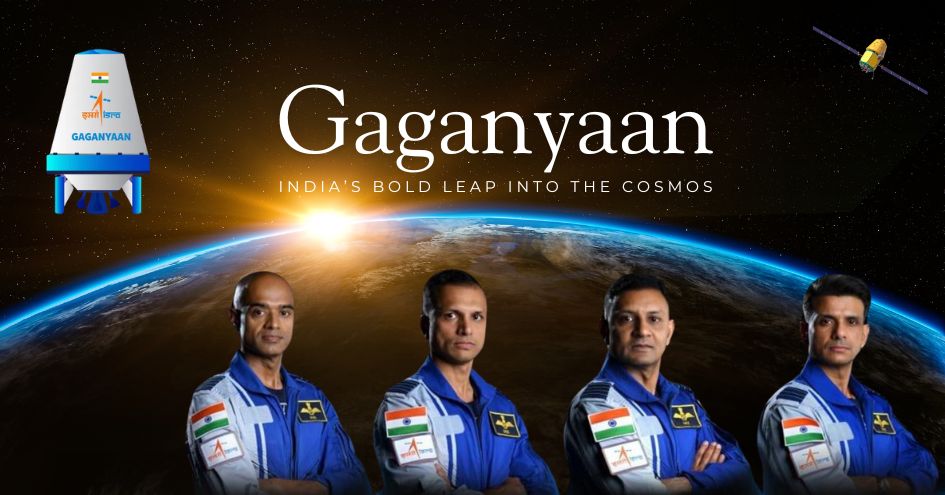
"Saare Jahaan Se Accha, Hindustan Hamara!"These immortal words, spoken by Squadron Leader Rakesh Sharma from the vast expanse of space in 1984, When t...
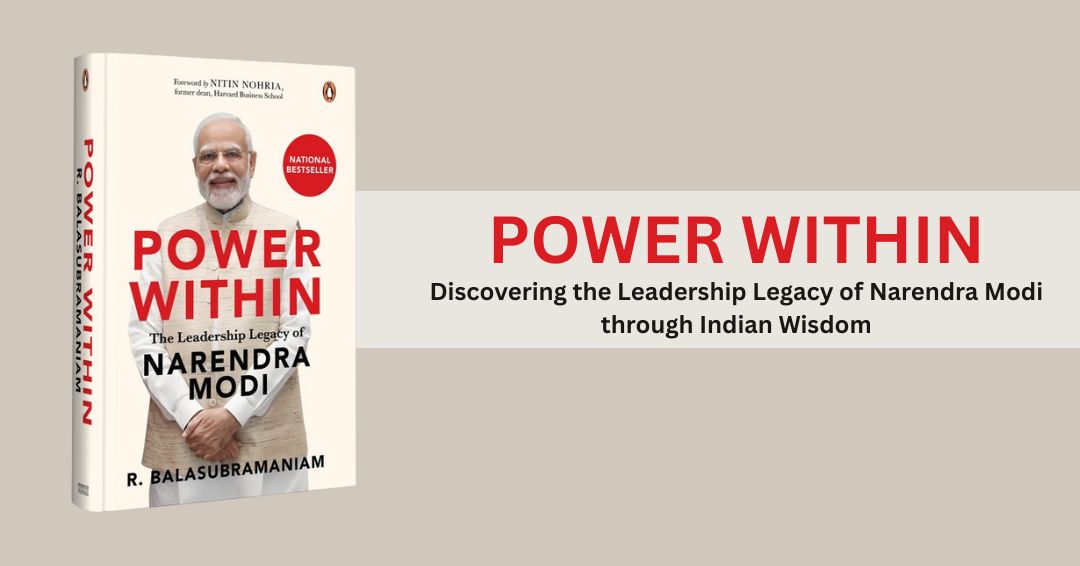
Leadership has long fascinated me—not the kind found in textbooks or management seminars, but the kind that shapes people’s lives, lifts nations, and...